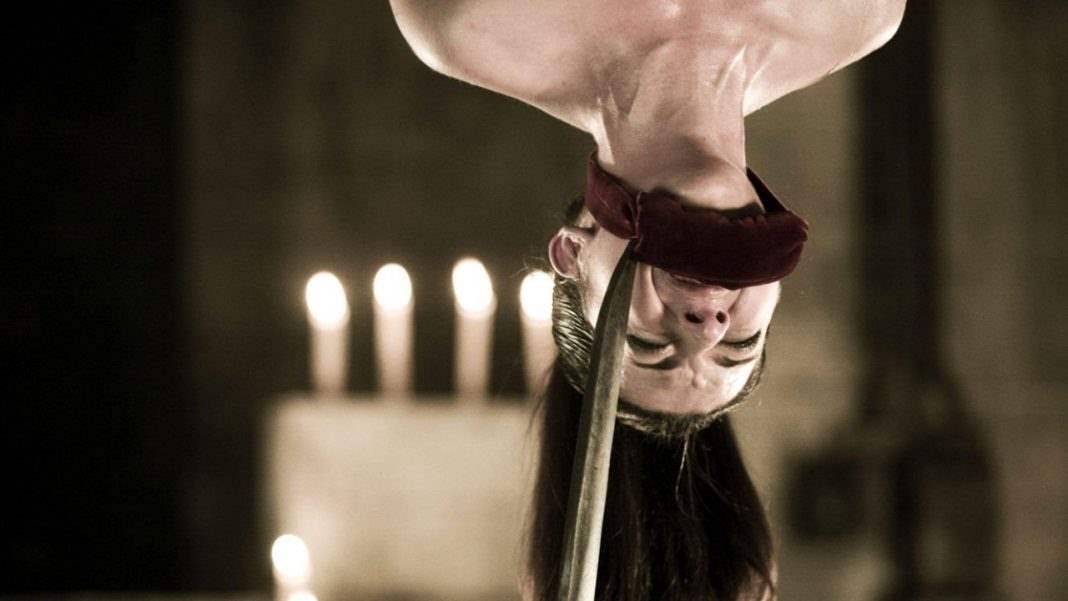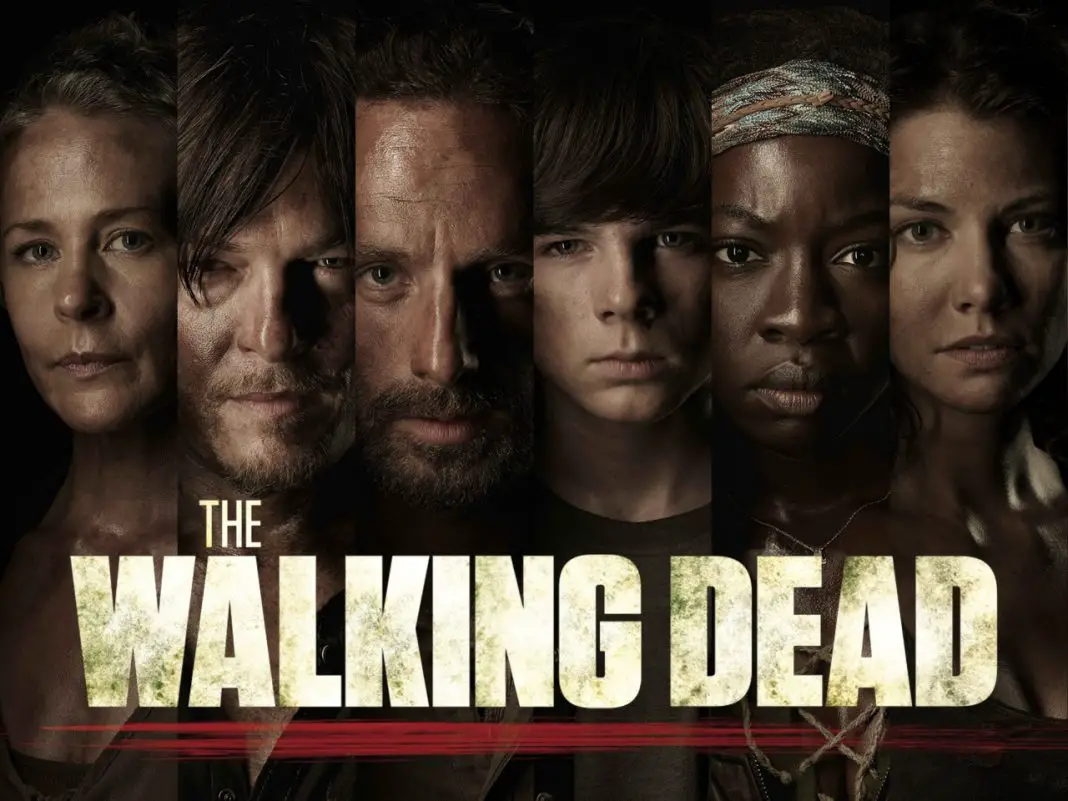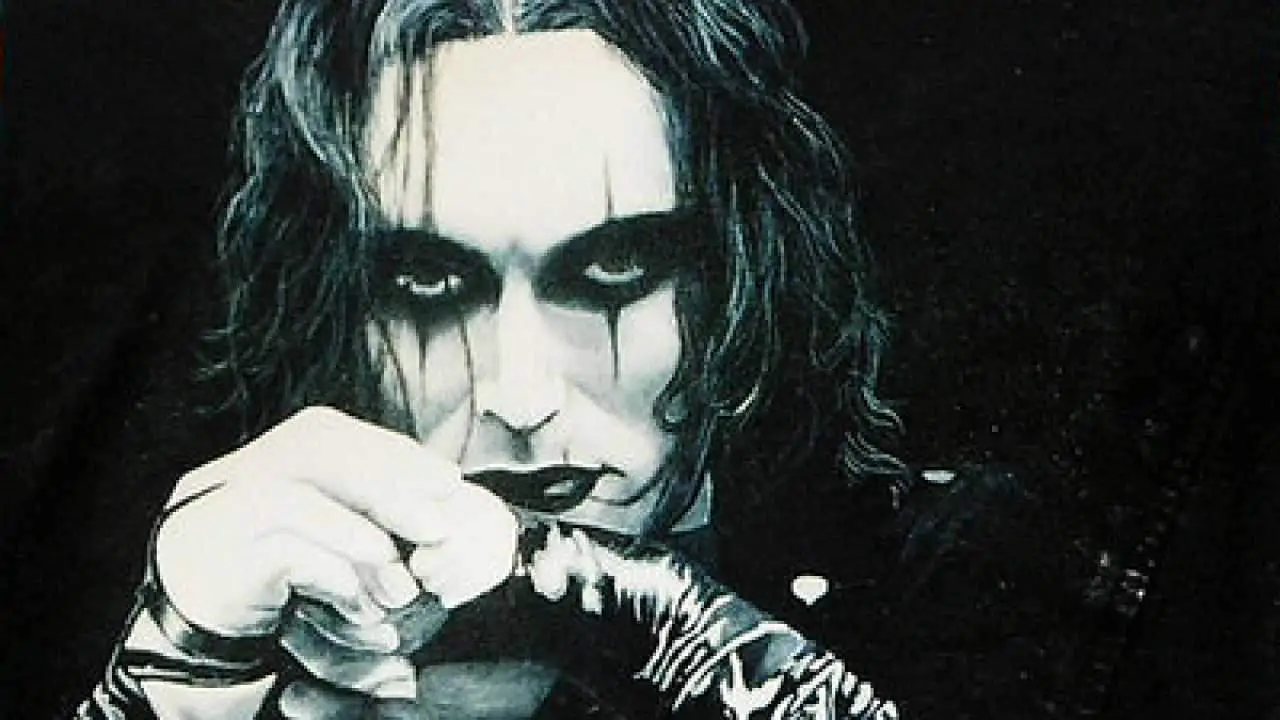I’m not even sure the horror world is aware of the loss it suffered over the weekend. Yes, Bernie Wrightson was incredibly well respected. There have already been several great tributes to one of the most influential artists in the genre’s history. But it’s almost impossible to express the impact of that loss because Bernie Wrightson had an impact on everything. His work, in many ways, defined the modern face of the genre. So many movies have gone for a “Bernie Wrightson look” in their creatures. And as soon you say something like that, people immediately know what you’re talking about.
So it’s tough to write a memoriam for Bernie Wrightson when his impact was so ride and far-reaching, but I’m going to try my best. Born just a few days before Halloween in 1948, Wrightson would become one of the most legendary monster artists that ever lived. Perhaps the thing he will always be most famous for is the creation of the legendary comic book character Swamp Thing. As artist, he co-created the character with writer Len Wein in 1971.
The way Len Wein has described it, he and Wrightson were sitting in the car after Wrightson had just broken up with his girlfriend. They were both kind of melancholy, then Wein turned to the artist and said “You know, I just wrote a story that actually kind of feels like the way you feel now.” Hearing the pitch for Swamp Thing, Wrightson was immediately taken with the idea.
He created a character that evoked the tragedy of the Universal classic monsters. From the first drawing, Swamp Thing is a character as lonely as Frankenstein’s Monster and as alienated as the Creature from the Black Lagoon. He’s a modern horror hero in truly classic tradition and remains a beloved character to this day.
More than anything, Wrightson’s art always echoed the ghoulish traditions of the 1950s EC comics like Tales from the Crypt and Vault of Horror, but with a bit of a modern flair. He created nightmares, but they were always human nightmares. Rotting corpses, shambling zombies, no matter what it was, you could always feel the pain in the creatures he created.

One of his comic stories was adapted into the animated cult classic Heavy Metal. But my favorite of his comic works has to be his adaptation of Stephen King’s Creepshow. It’s the perfect embodiment of everything that film strived for as an EC homage and as a result, it makes for the perfect companion piece.
When I think of Bernie Wrightson, though, I think of him not just as a comic artist, but as an illustrator. Some of his best work was not in comics. After Creepshow, he went on to several more collaborations with Stephen King. My favorite of them, perhaps one of my favorite illustrated stories of all time, is the novella Cycle of the Werewolf.
 Originally designed as a calendar, Cycle is a short but sweet story divided into twelve chapters: one for every month of the year. Each chapter details the werewolf’s antics during the full moon of said month, each illustrated spectacularly by Wrightson. With King, he also collaborated on illustrations for the Dark Tower series as well as The Stand.
Originally designed as a calendar, Cycle is a short but sweet story divided into twelve chapters: one for every month of the year. Each chapter details the werewolf’s antics during the full moon of said month, each illustrated spectacularly by Wrightson. With King, he also collaborated on illustrations for the Dark Tower series as well as The Stand.
For many, though, Wrightson’s masterpiece is an iconic illustrated edition of Mary Shelley’s Frankenstein. He brings the creature to life in an amazing and sympathetic way. So many filmmakers have been influenced by the creature as designed by Wrightson, but none have managed to successfully bring this rendition to the screen in a way that evokes the same sense of melancholy awe.
 Even outside his work as an artist, Wrightson helped shape iconic moments and monsters on the silver screen, often working uncredited as a concept artist on movies like Ghostbusters, The Mist and Serenity. And even when he didn’t seek to design monsters for movies on his own, so many have taken influence from him. With things from Return of the Living Dead to The Walking Dead, the influence is still incredibly clear.
Even outside his work as an artist, Wrightson helped shape iconic moments and monsters on the silver screen, often working uncredited as a concept artist on movies like Ghostbusters, The Mist and Serenity. And even when he didn’t seek to design monsters for movies on his own, so many have taken influence from him. With things from Return of the Living Dead to The Walking Dead, the influence is still incredibly clear.
Wrightson is a huge loss for the genre, even though if his passing does not necessarily come as a shock. He officially retired in January and people knew he had health issues at the time. But when someone has such a specific vision, when they have created so many iconic images, the absence of that will always be felt.
But he left us with a long legacy of haunting images, images that have inspired others for over forty years and will no doubt inspire new talent for a much longer time to come.







